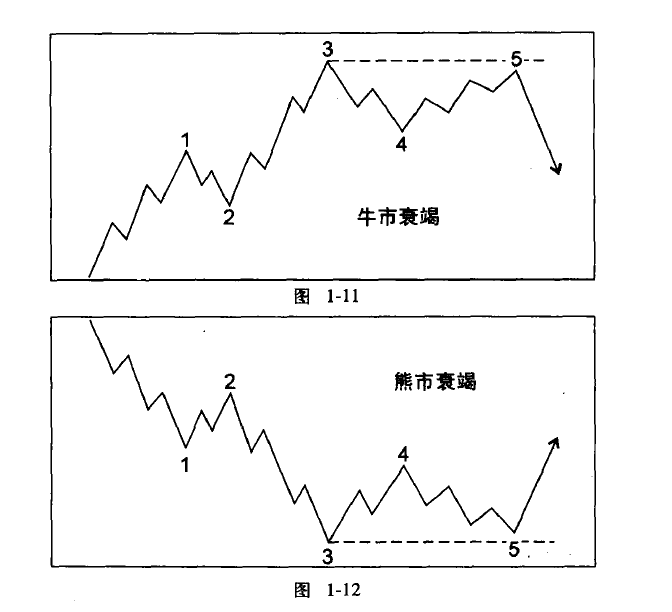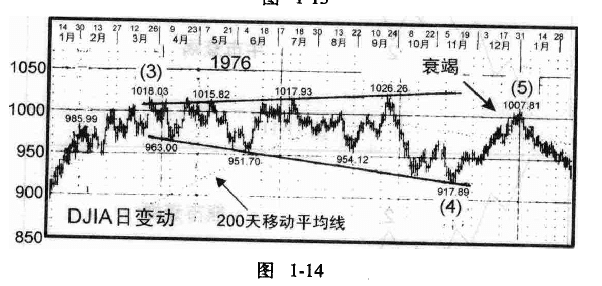Driving waves are subdivided into five waves and always move in the same direction as the larger degree trend. In driving waves, Wave 2 never retracts 100% of Wave 1, and Wave 4 never retracts 100% of Wave 3. Additionally, Wave 3 always moves beyond the endpoint of Wave 1. In terms of price, Wave 3 is often the longest among the three action waves (Waves 1, 3, and 5) of the driving wave and is never the shortest wave. As long as Wave 3 experiences a greater percentage than Wave 1 or Wave 5, this rule is satisfied. There are two types of driving waves: impulsive waves and diagonal triangles. In this issue, we explain impulsive waves.
1. The most common driving wave is the impulsive wave, in which Wave 4 does not enter the area of Wave 1 (i.e., overlap), which is crucial for identifying waves. This rule applies to unleveraged spot markets. In futures markets, due to the extreme leverage effect, price extremes may occur that do not appear in spot markets. However, even so, overlapping phenomena are limited to intraday price movements, and such situations are also rare.
2. Most impulsive waves contain what Elliott calls extending waves. Often, the various sub-waves of the extending wave have almost the same amplitude and duration as the other four waves of the larger degree impulsive wave, providing a similar scale of nine waves for this wave sequence instead of the usual five waves. In a nine-wave sequence, it is difficult to distinguish which wave is extended. However, it does not matter because in Elliott's system, the nine-wave count has the same technical significance as the five-wave count.
Extending waves usually only appear within an action wave, providing useful guidance for the expected lengths of the upcoming waves. For example: if the lengths of the first wave and the third wave are roughly the same, then the fifth wave may be an extending wave. If Wave 3 extends, Wave 5 must have a simple structure. This actually conforms to Elliott's alternating principle.
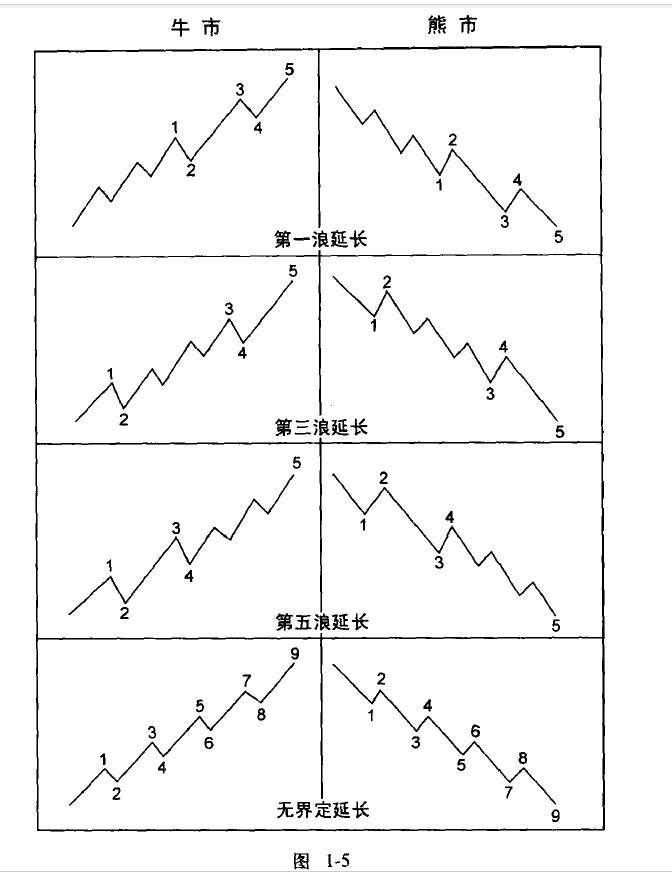
In the stock market, the commonly seen extending wave is the extension of Wave 3. If the rules of the impulsive wave are: Wave 3 is never the shortest action wave, and Wave 4 will not overlap with Wave 1, considering these facts is especially important in the actual wave analysis identification. To illustrate this point, we assume a situation containing an unreasonable intermediate wave.
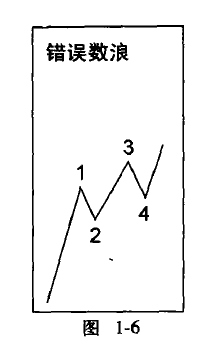
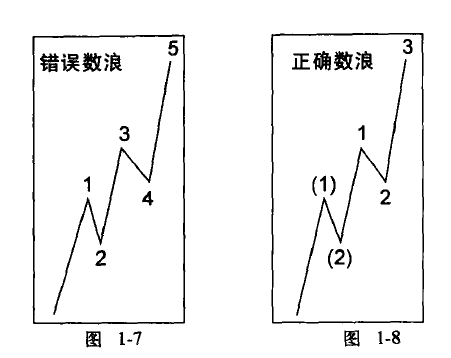
Once a clear Wave 3 is confirmed to be unacceptable, it must be relabeled using some acceptable method. This is crucial.
Extending waves within extending waves
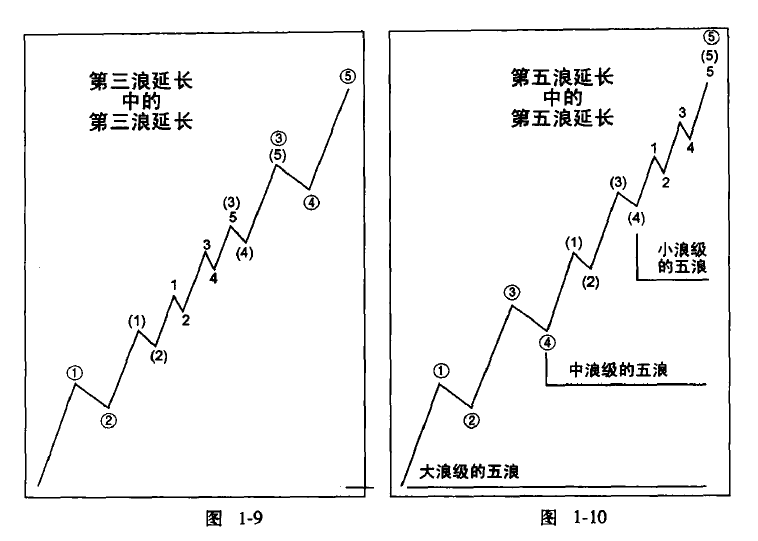
3. Exhaustion If the fifth wave fails to move beyond the endpoint of the third wave, we call this exhaustion, which Elliott describes with the term failure. Exhaustion can usually be verified by noting the five sub-waves that the hypothetical fifth wave must contain, and it typically occurs after a very strong third wave.
